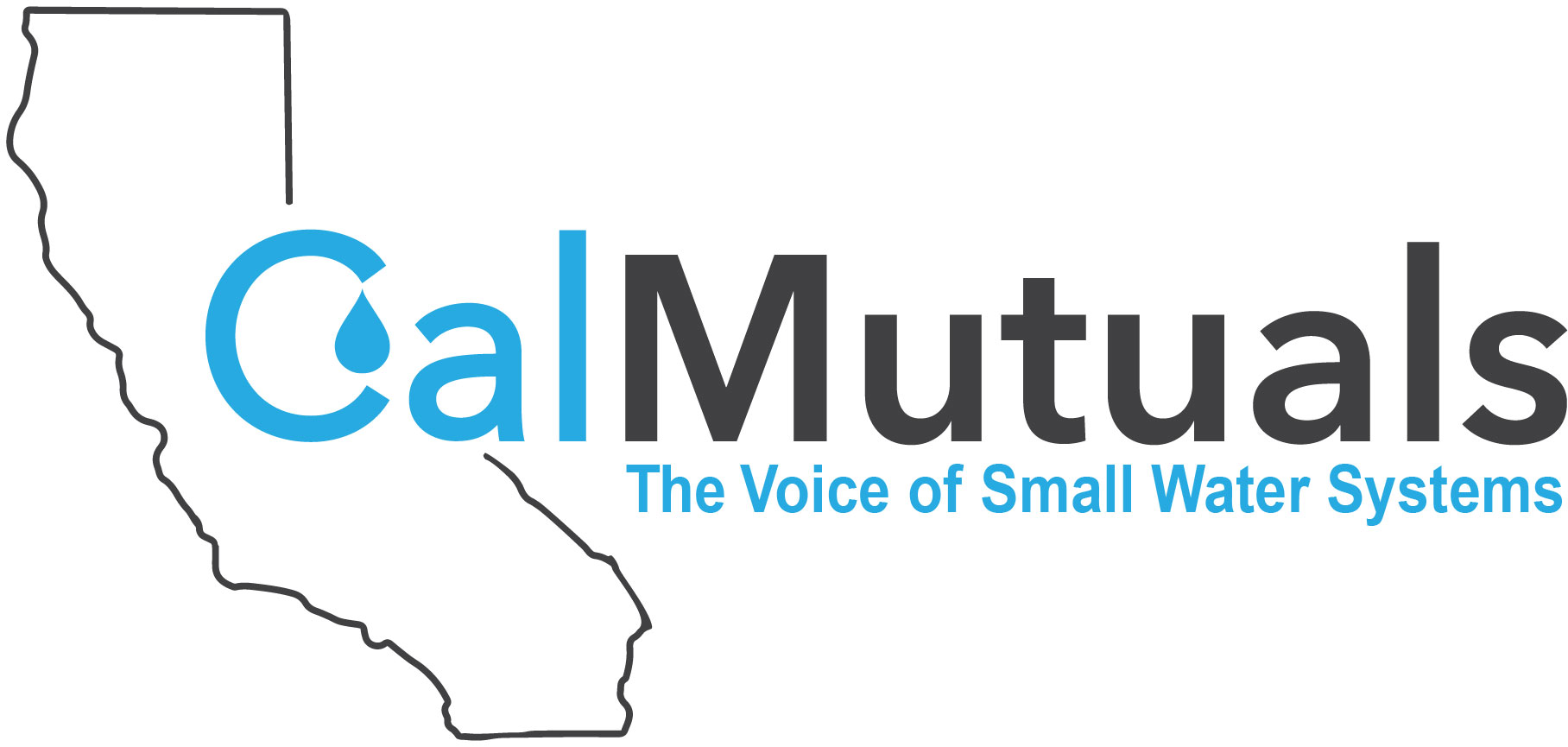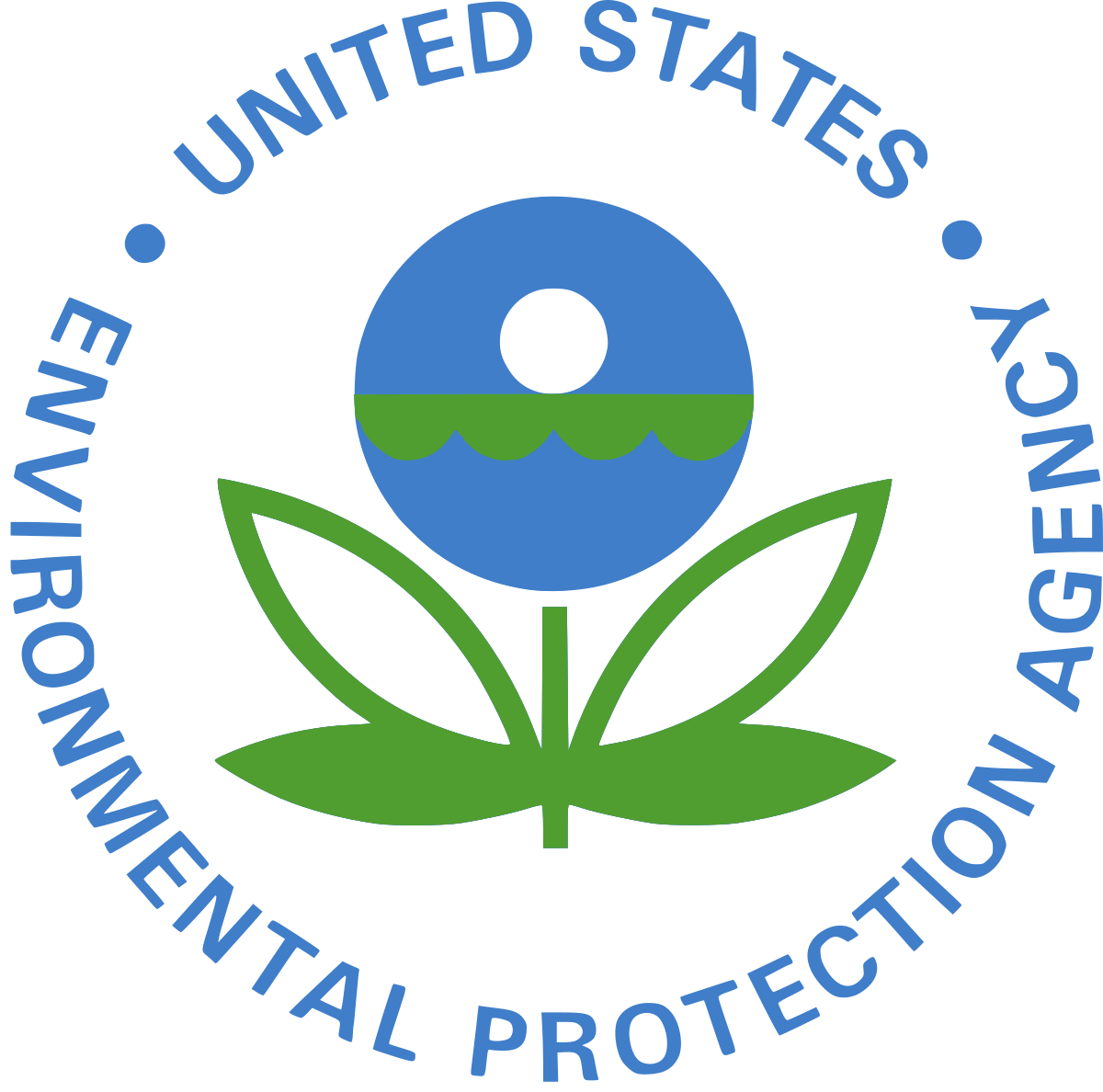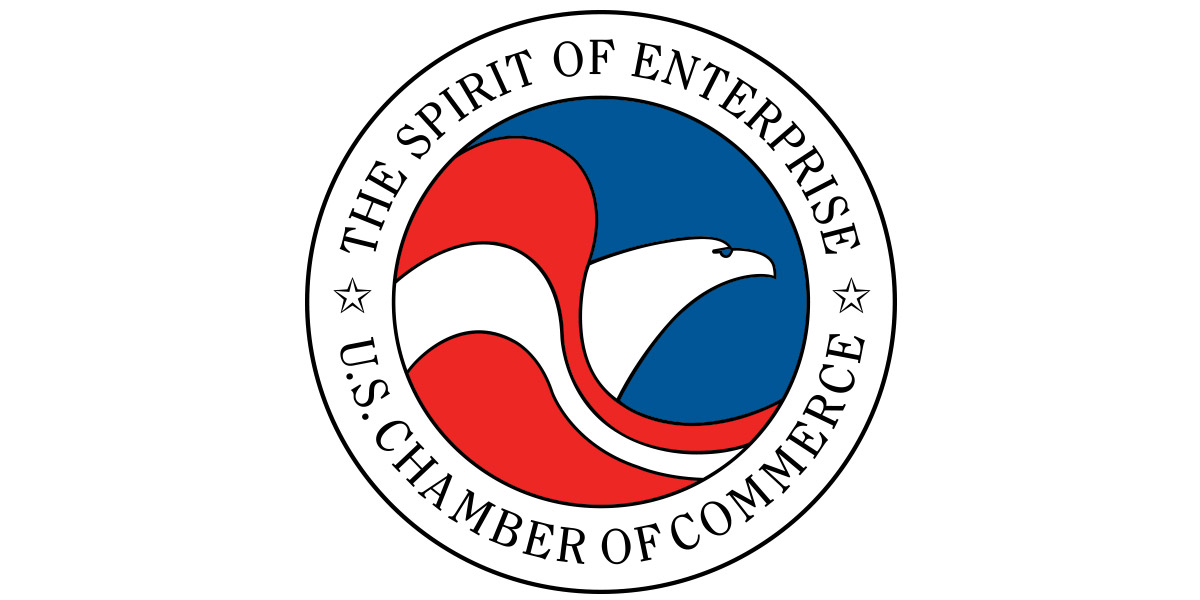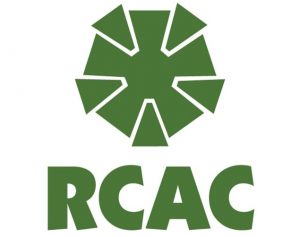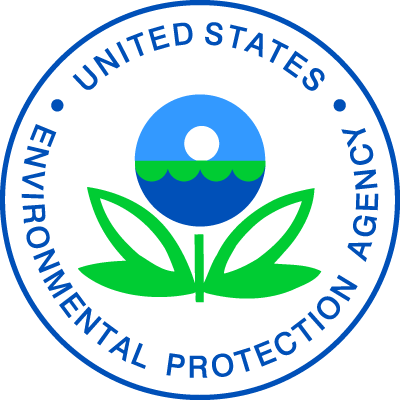Webinar | America’s Water Infrastructure: Module 1
Webinar OnlyHere is an opportunity to participate in EPA training on America's Water Infrastructure Act (AWIA) On November 2nd, 4th, and 5th, the EPA Headquarters Water Security Division in partnership with EPA Region 9 Drinking Water Program will be hosting a series of virtual workshops for meeting the America’s Water Infrastructure Act (AWIA) Risk and Resiliency Assessment and Emergency Response Plan requirements. The audience for these workshops are small and medium water systems and their consultants. There will be informational sessions, as well as small group working sessions, for participants to walk through completion of a Risk and Resilience Assessment using EPA's Small Systems Risk and Resilience Assessment Checklist. Additional information, including the registration link, can be found below. This module will cover Section 2013 Requirements, Certification, & Section 2018 Basics. You can learn more or register here.
